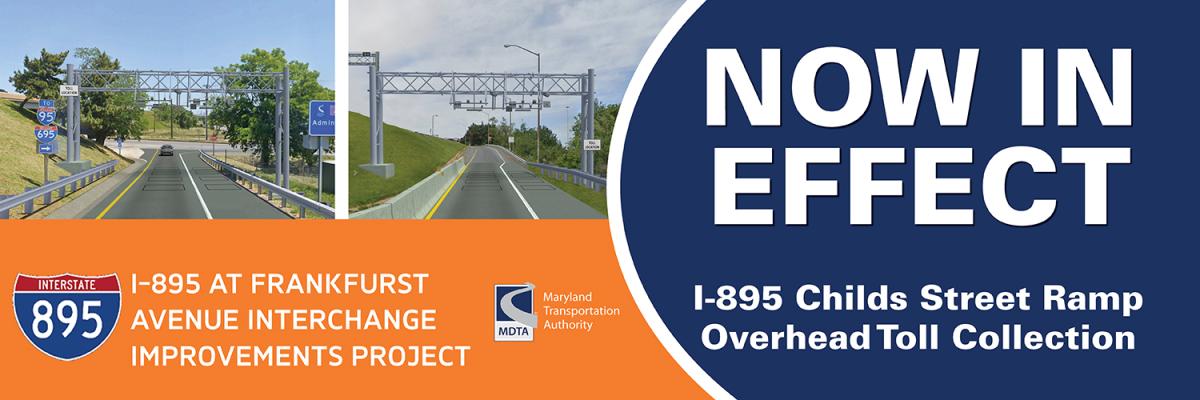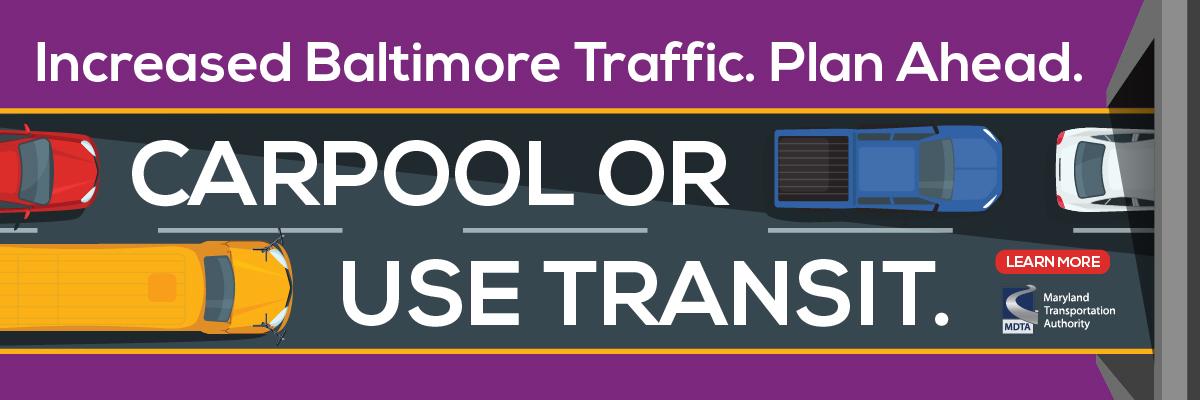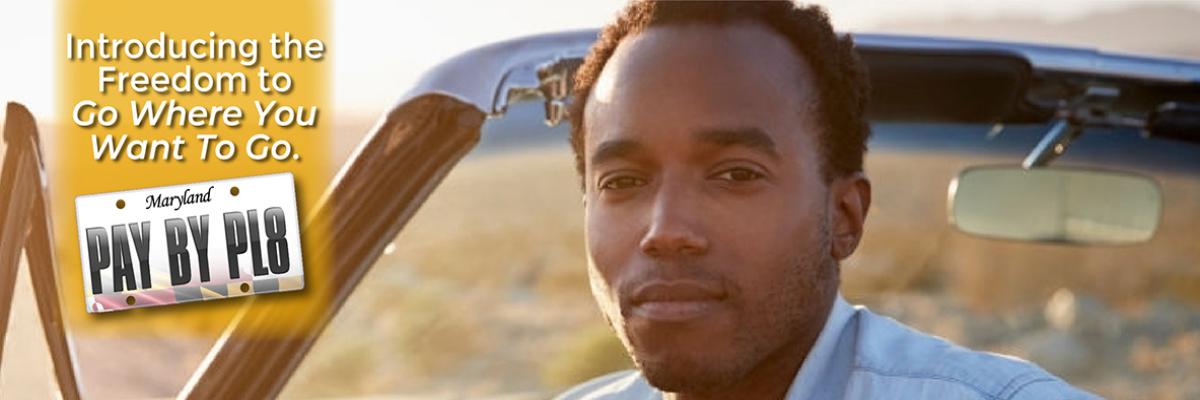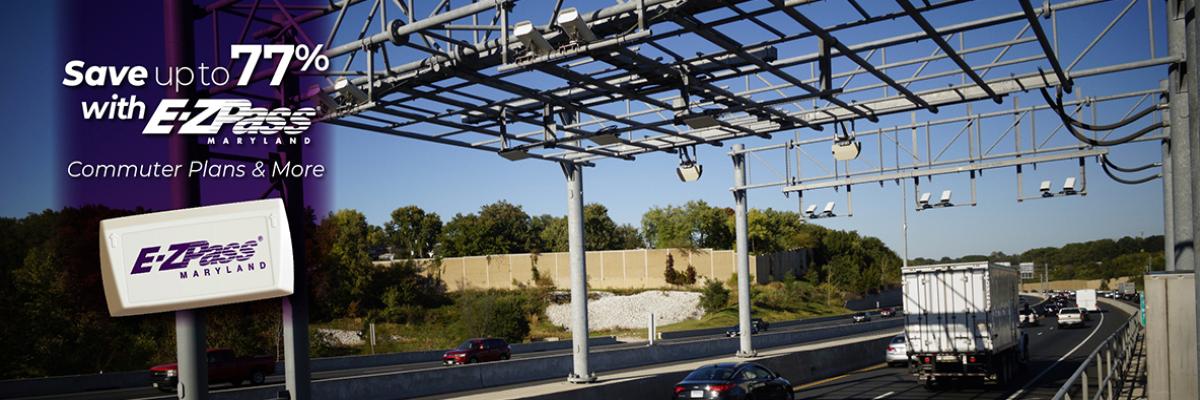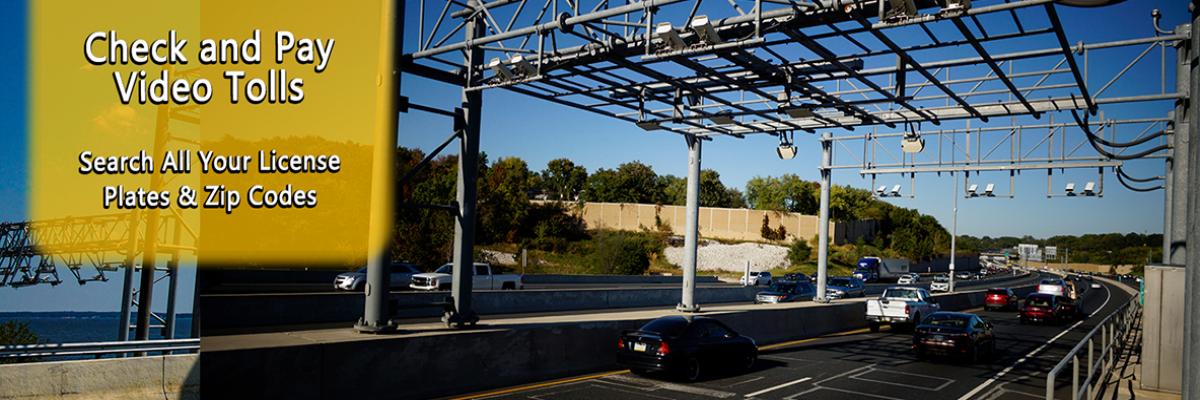Frequently Asked Questions
- Why can't I take my RV or camper through either the Baltimore Harbor or the Fort McHenry Tunnels?
- Why is a lane closed across an entire bridge or through the tunnel when your maintenance crews are working on only a small area of the roadway?
- Why is the commuter-discount plan only valid for 45 days from the purchase date?
- Whom may I call if I have a question, comment or complaint about a toll facility?
Why can't I take my RV or camper through either the Baltimore Harbor or the Fort McHenry Tunnels?
Regulations govern the transportation of certain hazardous materials across our toll facilities. Under these regulations, vehicles carrying bottled propane gas in excess of 10 pounds per container (maximum of 10 containers), bulk gasoline, explosives, significant amounts of radioactive materials, and other hazardous materials are prohibited from using the Fort McHenry Tunnel (I-95) or the Baltimore Harbor Tunnel (I-895). The Francis Scott Key Bridge (I-695) is a convenient alternative route for crossing Baltimore's harbor.
Why do we have to pay tolls to use your facilities?
Maryland's toll facilities were financed and constructed through revenue bonds sold in the bond market and purchased by investors. The outstanding principal and interest that is due each year is paid from our toll revenues. We receive no funding from the Transportation Trust Fund to support our operations or to pay our bond debt and interest. From time to time, the Maryland Transportation Authority will refinance its debt to obtain a more favorable interest rate.
The federal government historically did not fund toll facilities. Toll revenue from our eight facilities is pooled and used to pay for the operation and maintenance of, and capital improvements to, these facilities.
Why is a lane closed across an entire bridge or through the tunnel when your maintenance crews are working on only a small area of the roadway?
The reason the lane is closed in this manner is for the safety of our customers, maintenance crews and contractors. When a lane is closed, there is a transition area at the beginning of the closure where vehicles are directed from a closed lane to an open lane. The transition area is the most likely place for an inattentive driver to experience problems.
Because bridges and tunnels do not have standard shoulder areas, the transition area is usually located prior to the bridge or tunnel. Therefore, if we have a maintenance crew working at the end of a bridge, the lane generally will remain closed along the entire length of the bridge.
Why is the commuter-discount plan only valid for 45 days from the purchase date?
The Maryland Transportation Authority is bound by a Trust Agreement with its bondholders that allows us to offer the commuter discount only to frequent users.
More information is available online at: DriveEzMD.com
Whom may I call if I have a question, comment or complaint about a toll facility?
You may send us your comments via e-mail at:
[email protected]
Or, you may call the facility directly:
Maryland Transportation Authority
410-537-1000
1-888-754-0098
Thomas J. Hatem Memorial Bridge (US 40)
410-537-1196
1-888-754-0168
Governor Harry W. Nice Memorial/Senator Thomas “Mac” Middleton Bridge (US 301)
301-259-4444
1-888-527-2664
William Preston Lane Jr. Memorial (Bay) Bridge (US 50)
410-974-0341
1-888-754-0117
Baltimore Harbor Tunnel (I-895)
410-537-1337
1-888-754-0185
Francis Scott Key Bridge (I-695)
410-288-8400
1-888-754-0185
Fort McHenry Tunnel (I-95)
410-537-1250
1-888-754-0185
John F. Kennedy Memorial Highway (I-95)
410-537-1100
1-888-754-0168
410-355-7024 TTY for all facilities




